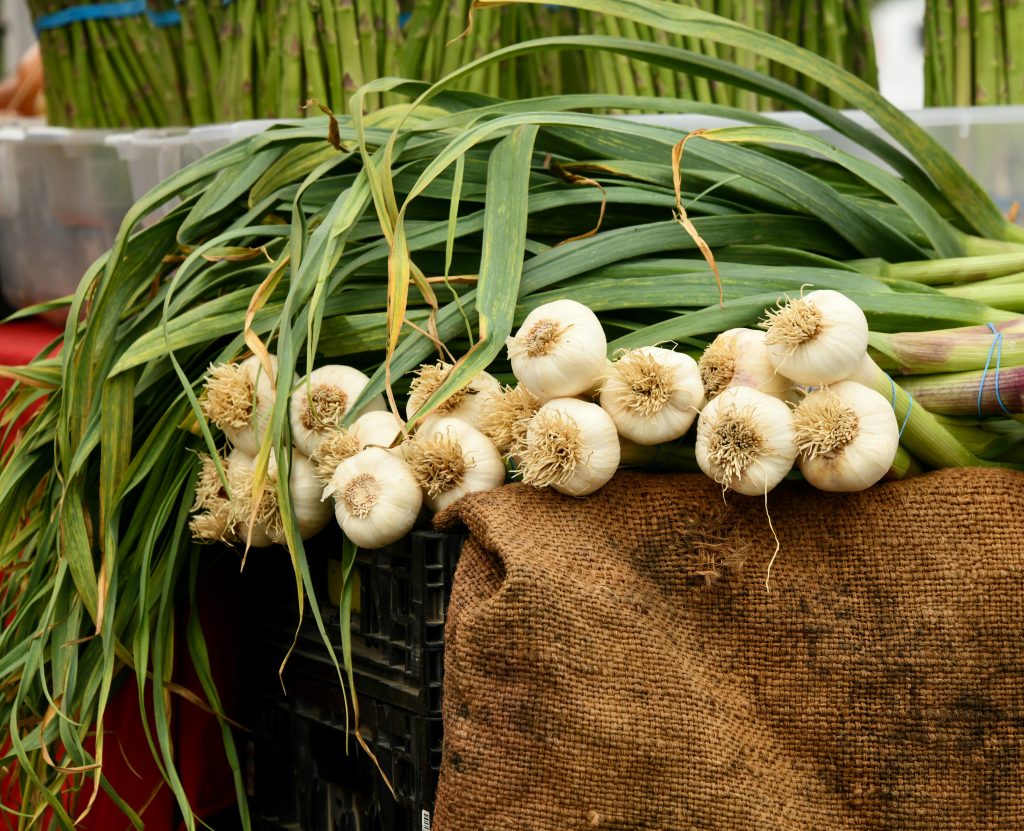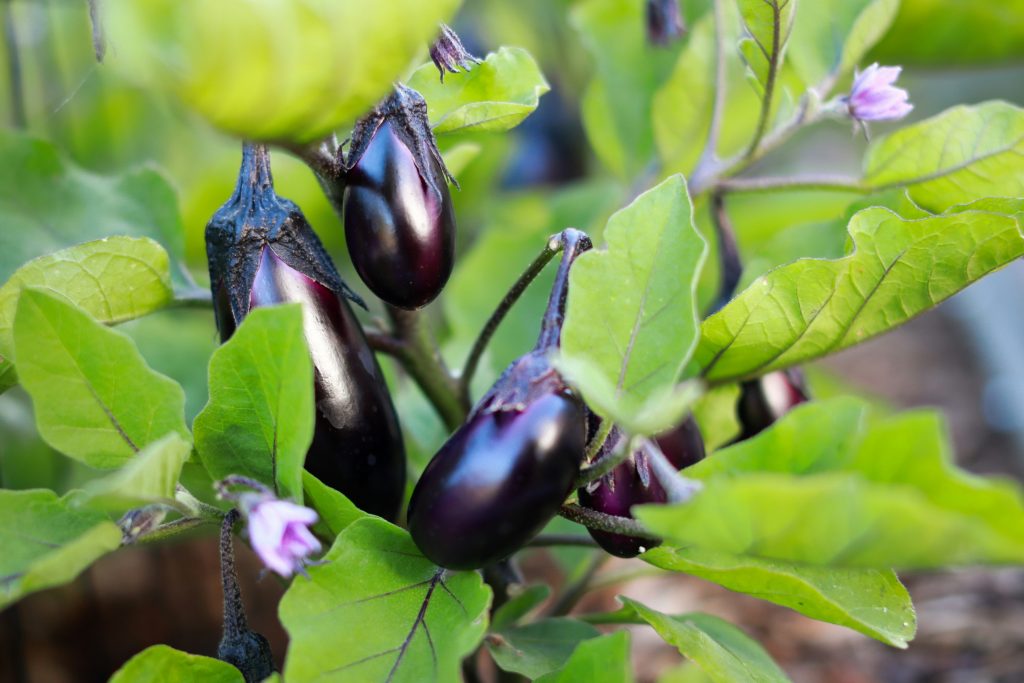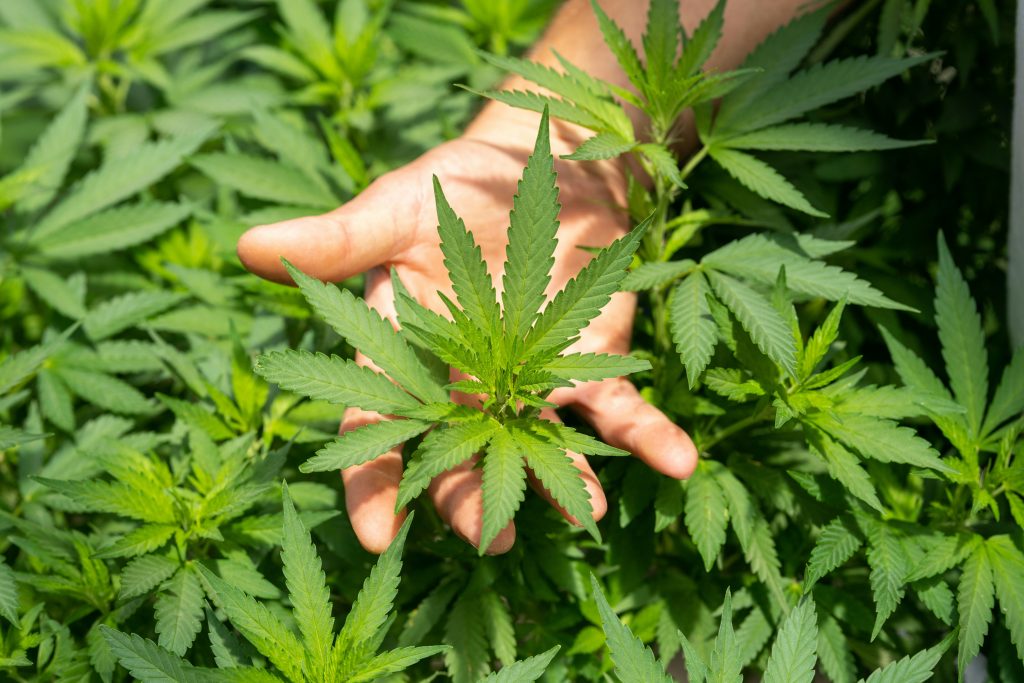Vegetable crops form the backbone of agriculture worldwide, contributing significantly to human nutrition, culinary diversity, and economic sustenance. Understanding the nuances of vegetables is not only crucial for farmers and botanists but also for consumers keen on leading healthy lifestyles. In this comprehensive exploration, we’ll look into the realm of vegetables, uncovering their diversity, uses, and significance in global agriculture.
What are Vegetable Crops?
Vegetable crops encompass a broad array of plants cultivated for their edible parts, including roots, stems, leaves, bulbs, flowers, fruits, and seeds. These crops are grown across diverse climates and geographies, catering to both subsistence and commercial farming practices.
Examples of 40 Vegetable Crops
- Carrot
- Potato
- Tomato
- Onion
- Lettuce
- Cabbage
- Spinach
- Broccoli
- Cauliflower
- Cucumber
- Bell pepper
- Eggplant
- Radish
- Sweet potato
- Beetroot
- Peas
- Green beans
- Zucchini
- Garlic
- Asparagus
- Kale
- Swiss chard
- Brussels sprouts
- Celery
- Artichoke
- Leek
- Turnip
- Okra
- Pumpkin
- Squash
- Rhubarb
- Fennel
- Watercress
- Bok choy
- Arugula
- Sprouts
- Collard greens
- Mustard greens
- Kohlrabi
- Endive

Categorization of Vegetables
Root Vegetables:
- Carrot
- Potato
- Onion
- Radish
- Sweet potato
- Beetroot
- Turnip
Stem Vegetables:
- Asparagus
- Celery
- Rhubarb
Leaf Vegetables:
- Lettuce
- Spinach
- Cabbage
- Kale
- Swiss chard
- Brussels sprouts
- Watercress
- Bok choy
- Arugula
- Sprouts
- Collard greens
- Mustard greens
- Endive
Bulb Vegetables:
- Garlic
- Onion
- Leek
- Fennel
Flower Vegetables:
- Broccoli
- Cauliflower
- Artichoke
Fruit Vegetables:
- Tomato
- Cucumber
- Bell pepper
- Eggplant
- Pumpkin
- Squash
- Zucchini
- Okra
Seed Vegetables:
- Peas
- Green beans
Read also: Classification of crops
Uses of Vegetables
- Nutritional Source: Vegetables provide essential vitamins, minerals, and dietary fiber necessary for maintaining optimal health.
- Culinary Diversity: They serve as key ingredients in a myriad of culinary dishes, adding flavor, texture, and nutrition.
- Medicinal Properties: Certain vegetables possess medicinal properties, offering remedies for various ailments.
- Livestock Feed: Some vegetables are utilized as fodder for livestock, contributing to animal nutrition and health.
- Income Generation: Vegetable farming serves as a source of income for farmers, especially in rural areas.
- Food Security: Cultivating diverse vegetable crops enhances food security by ensuring access to nutritious food.
- Environmental Benefits: Vegetables contribute to soil health and biodiversity conservation when cultivated using sustainable agricultural practices.
- Gardening: Many individuals cultivate vegetables in home gardens, promoting self-sufficiency and environmental consciousness.
- Food Preservation: Vegetables can be preserved through canning, pickling, and drying techniques, ensuring their availability beyond the harvest season.
- Community Engagement: Vegetable gardening fosters community engagement through farmers’ markets, community gardens, and educational programs, promoting social cohesion and environmental stewardship.

Characteristics of Vegetable Crops
Vegetable crops exhibit diverse characteristics based on their botanical classification, growing conditions, and cultivation requirements. These characteristics include:
- Growing Season: Vegetable crops vary in their growing seasons, with some suitable for spring planting, while others thrive in summer or fall.
- Water and Soil Requirements: Each vegetable has specific water and soil requirements for optimal growth and yield.
- Temperature Sensitivity: Certain vegetables are sensitive to temperature fluctuations, requiring specific climatic conditions for cultivation.
- Pest and Disease Susceptibility: Vegetables are susceptible to pests and diseases, necessitating pest management strategies and disease control measures.
- Harvesting Methods: Different vegetables require specific harvesting techniques to preserve quality and freshness.
- Storage Conditions: Proper storage conditions are essential to maintain the shelf life and quality of harvested vegetable crops.
Read also: Easiest vegetables to grow in your garden
The bottom line
Vegetable crops play a pivotal role in global agriculture, contributing to nutrition, food security, and economic prosperity. Understanding the diverse array of vegetable crops, their uses, and characteristics is paramount for sustainable agriculture and healthy living. By recognizing the significance of vegetable crops, we can cultivate a deeper appreciation for the bounty of nature and the vital role of agriculture in shaping our world.
